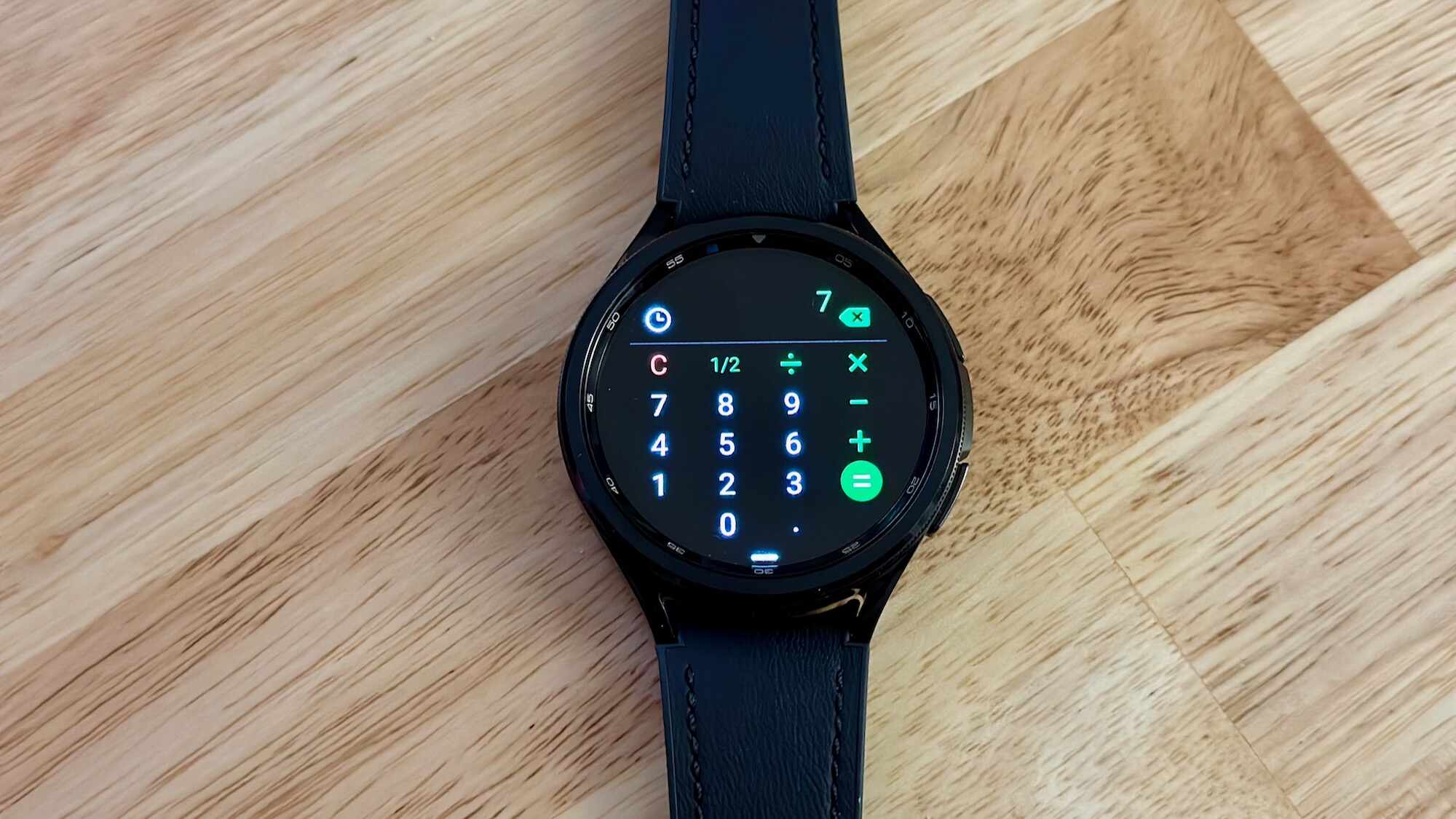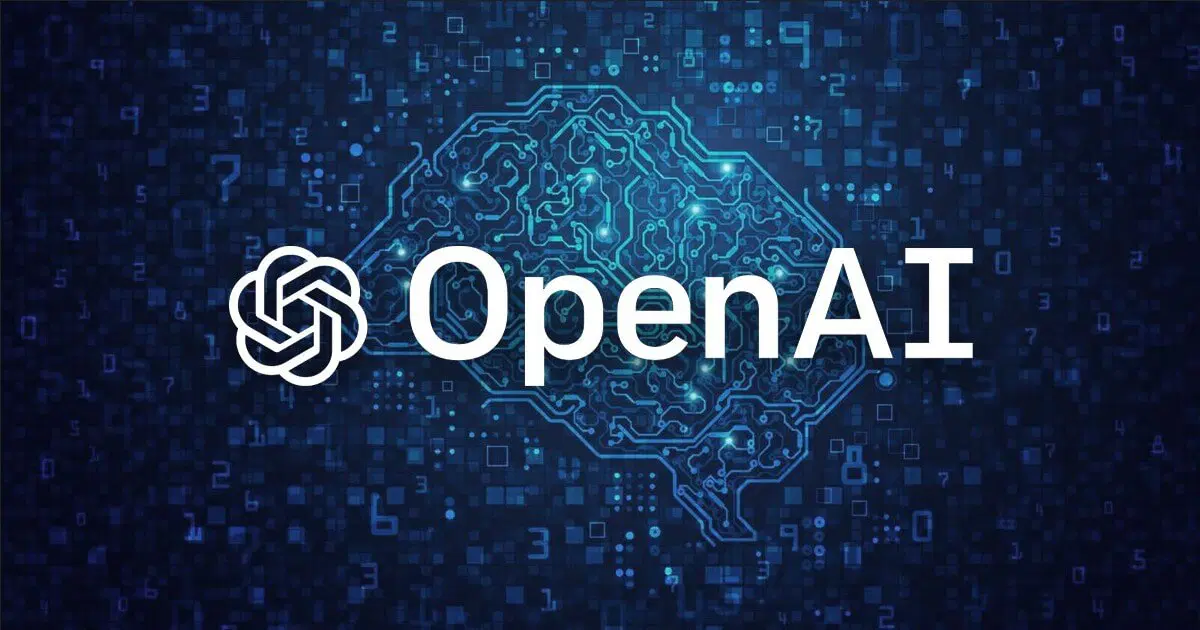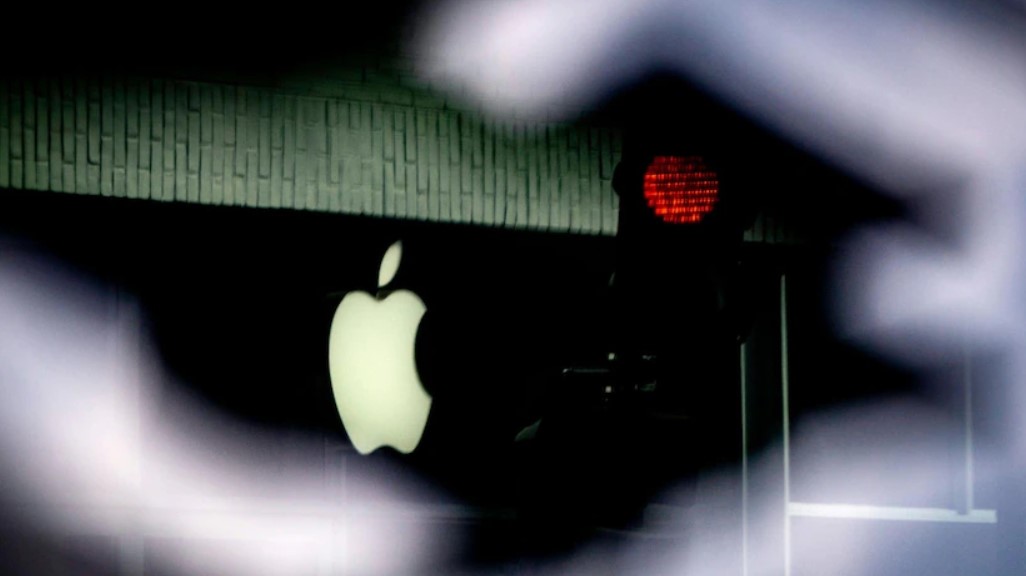
During a recent conference call, Tesla’s CEO Elon Musk revealed that their humanoid robot project, still in the lab, might hit the market by the end of next year. This move aligns with a growing trend among companies who see humanoid robots as solutions for potential labor shortages and tasks that are monotonous or hazardous, particularly in sectors like logistics, warehousing, retail, and manufacturing.
Musk expressed confidence that Tesla’s robot, named Optimus, could start performing tasks in their factories by the close of this year. While Tesla is pushing forward, other players like Japan’s Honda, Hyundai Motor’s Boston Dynamics, and startups backed by Microsoft and Nvidia are also making strides. For instance, Figure announced a partnership with BMW to deploy humanoid robots in their U.S. facilities.
Musk envisions a future where robot sales could be a significant part of Tesla’s business, potentially surpassing car manufacturing. He emphasized Tesla’s advantageous position in achieving volume production, citing their prowess in efficient AI inference.
However, Musk’s ambitious predictions have sometimes fallen short in the past, notably with the promise of a “robotaxi” network by 2020. Despite this, Tesla has made progress with its Optimus project, showcasing a second-generation robot folding a T-shirt in a recent video.
Similarly, Figure demonstrated its 01 robot brewing coffee, while Boston Dynamics introduced an electric platform for its Atlas humanoid robot, showcasing its agility from lying down to standing and walking. These developments indicate a growing interest and investment in humanoid robotics across various industries.






